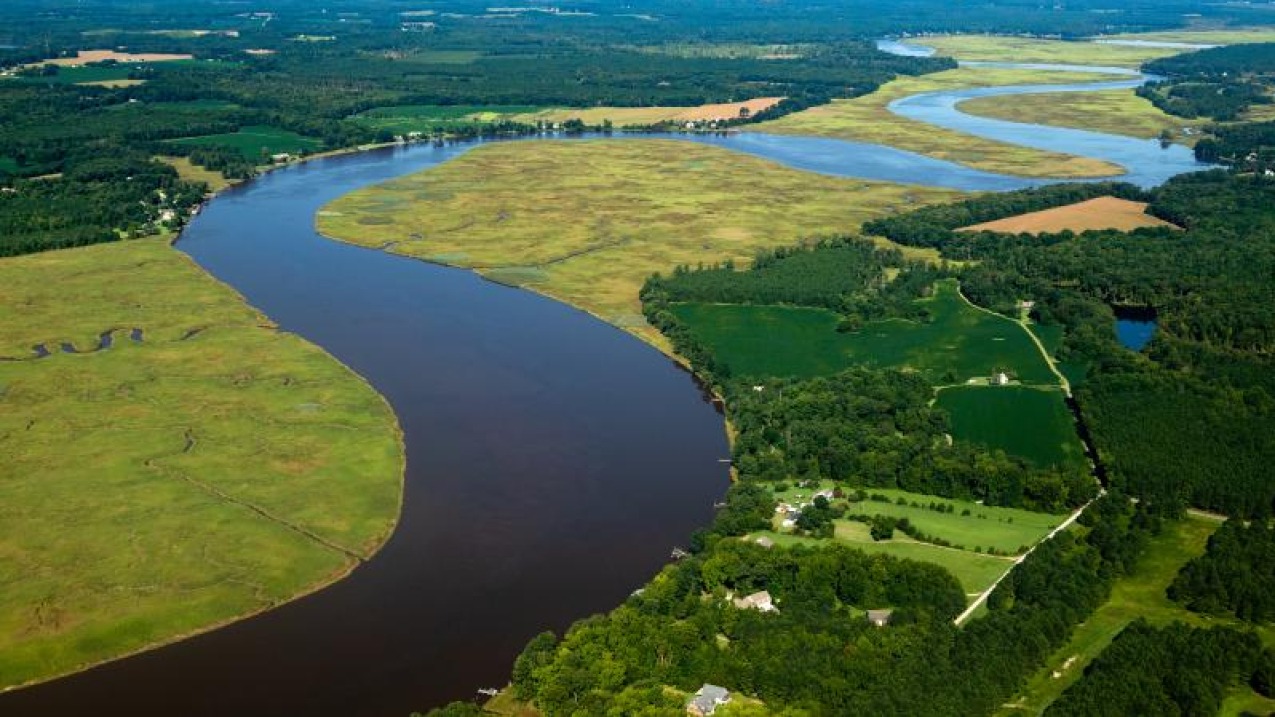Tribe leads the way on new stewardship approach
The re-acquisition project enables tribal partners to be primary stewards of their native lands. Beyond the immediate conservation benefits of permanent protection of the land from further development, the project will help revitalize the Upper Mattaponi Tribe’s traditions and culture of environmental stewardship. By fostering ecological harmony and applying their traditional knowledge, the Tribe will heal the land in a manner that best suits the landscape and native flora and fauna.
(Image credit: Upper Mattaponi Tribe)
Upper Mattaponi Tribe Chief Frank Adams celebrated the re-acquisition in an August press release offsite link, saying, “Today we begin anew our ancestor’s [sic] thoughtful caretaking of these important lands and waters. Restoring our territory enables our citizens to reconnect to their cultural heritage. I can’t overstate how important it is for our youth to have these ties to the land.”
The Upper Mattaponi Tribe received an additional $1 million to undertake these habitat restoration efforts from NOAA’s Coastal Habitat Restoration and Resilience Grants for Underserved Communities under BIL and the Inflation Reduction Act. These investments will support the Tribe’s efforts to restore the integrity of the broader ecosystem along the river.
NOAA: Centering tribes as key conservation partners
Through meetings and written comments, NOAA engaged with federally recognized tribes and Alaska Native organizations on BIL investments. NOAA’s support for the Return to the River project exemplifies NOAA’s commitment to advancing diversity, equity, inclusion and environmental justice.
Learn more about the Upper Mattaponi Tribe’s return to the river, NOAA’s resources for tribes and more about the historic Bipartisan Infrastructure Law.
Source link
abigail.reid www.noaa.gov

